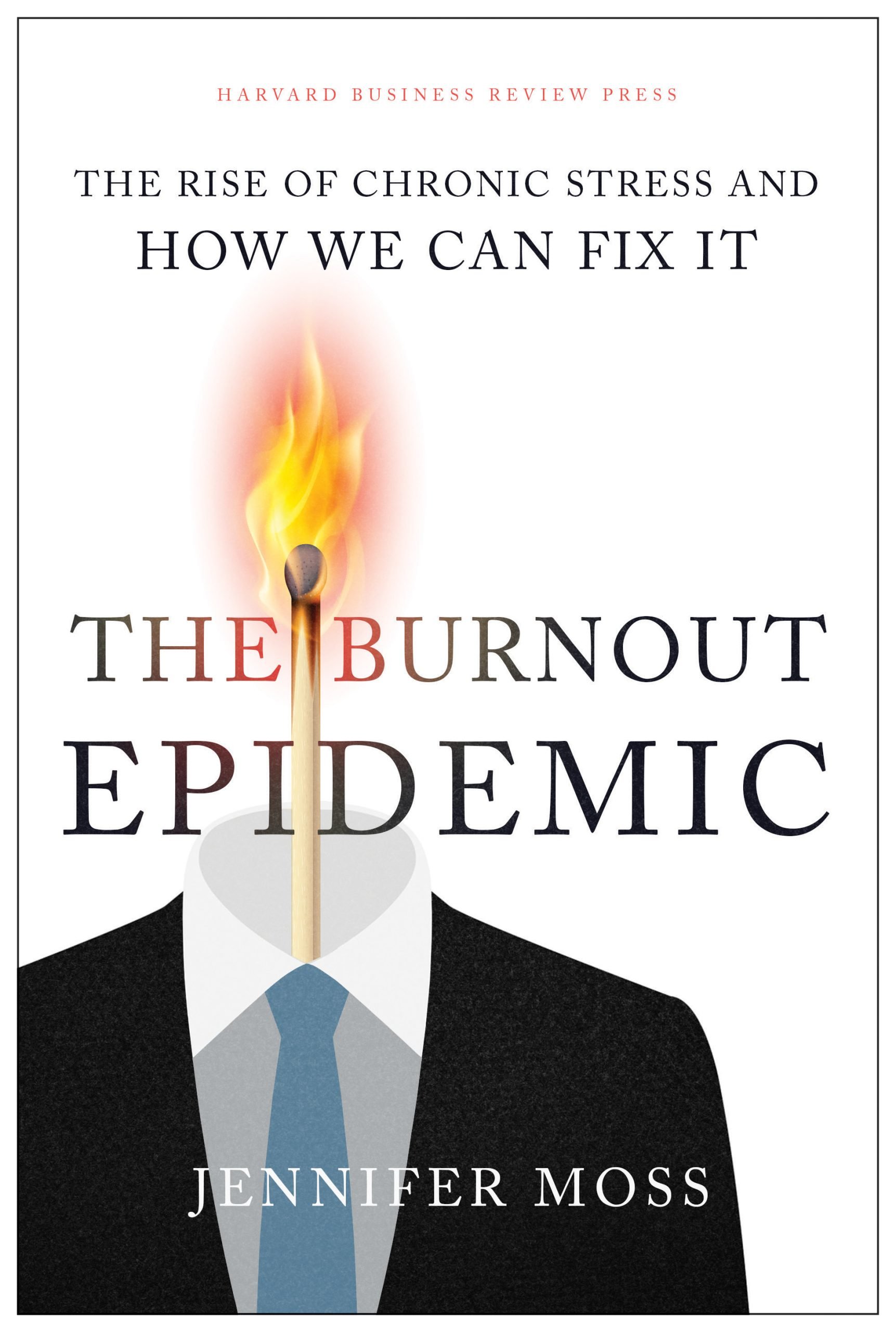With the juggling demands of work, the expectations of the leadership team and the need to maintain productivity, it’s not surprising that leaders can fall into micromanaging. But, as it relates to burnout, it is 100 percent the wrong approach.
 A Korn Ferry poll of nearly 5,000 professionals claims that one of the top reasons people leave a job comes down to lack of novelty, lack of flow, monotony and lack of autonomy—feeling micromanaged. All of the above increase stress and potential for burnout in the workplace. In the article “6 Causes of Burnout, and How to Avoid Them,” Elizabeth Grace Saunders says, “feeling like you lack autonomy, access to resources and a say in decisions that impact your professional life can take a toll on your well-being.”
A Korn Ferry poll of nearly 5,000 professionals claims that one of the top reasons people leave a job comes down to lack of novelty, lack of flow, monotony and lack of autonomy—feeling micromanaged. All of the above increase stress and potential for burnout in the workplace. In the article “6 Causes of Burnout, and How to Avoid Them,” Elizabeth Grace Saunders says, “feeling like you lack autonomy, access to resources and a say in decisions that impact your professional life can take a toll on your well-being.”

Monotony at work is exhausting—and predicts burnout—but so is a lack of autonomy. Employees who experience burnout are three times more likely to feel micromanaged. Another study of 8,500 full-time workers in Sweden found that employees who had a higher level of influence and task control:
- Had lower levels of illness symptoms for 11 out of 12 health indicators.
- Were absent less frequently.
- Experienced less depression.
According to the article “Micromanagement—A Costly Management Style,” “micromanagement can be advantageous in certain short-term situations, such as while training new employees, increasing productivity of underperforming employees, controlling high-risk issues and when there can be no question of who is in charge. However, the costs associated with long-term micromanagement can be exorbitant. Symptoms such as low employee morale, high staff turnover, reduction of productivity . . . can be associated with micromanagement. The negative impacts are so intense that it is labeled among the top three reasons employees resign.”
The authors go on to suggest that micromanagers are also at great risk of burnout from failing to effectively delegate tasks. They end up working overtime fulfilling daily obligations versus strategically planning for the future.
Reduce micromanaging by:
- Hiring people with the right skills for the job.
- Have consistent, structured and informal internal communication channels.
- Make peers accountable to each other more than their boss.
- Don’t expect perfection (of yourself, too). Mistakes are an important process in the learning experience and should be valued.
When we are proud of the accomplishments we achieve independently or in a group without constant oversight, we can increase confidence, self-efficacy and self-worth.
Managers who want to create dialogue without overstepping should try to:
- Authentically care about someone’s learning. If you do, then you’ll be more practical about mistakes and see that the learning has benefits, too.
- Make it safe to say, “I’m not OK.” If you want to develop people, you need to know when something isn’t working for them or if they are dealing with more they can handle. Don’t make “fine” the predictable answer when all signs point to the opposite.
- Allow people to disagree. Create opportunities for debate and even set up the space to have employees role-play the dissenting opinion in meetings.
Giving Employees More Autonomy
Shahram Heshmat, an associate professor emeritus at the University of Illinois at Springfield, claims that workplace monotony can be caused by people’s belief that they lack agency or autonomy in their choices about what they work on, who they work with and so on, whereas autonomy in the workplace refers to how much personal freedom employees have to make these same decisions. Autonomy can range from setting schedules to how goals are met to what type of work an employee engages in from one day to the next. Higher levels of autonomy tend to result in an increase in job satisfaction, while lower levels of autonomy increase stress and can lead to burnout.

These findings clearly indicate that a lack of meaning in employees’ work, limited agency over how they achieve their goals and insufficient novelty in the tasks they engage in every day can have serious negative impacts on their mental and physical health. But we can prevent that.
Studies show that about 40 percent of our daily activities are performed each day in almost the same situations. Subconscious behaviors allow our conscious brain to be more mindful and feel more psychologically safe. The tradeoff for the comfort of routine can mean a less enjoyable experience when we engage in these tasks.
So, what if we could make small tweaks to how employees perform those actions or change the way they perceive these tasks so they stop seeing the tasks as monotonous and instead see them as novel and purposeful? This is the magic of job crafting. It transforms parts of work that once felt meaningless into something that feels valued. Employees can feel these small shifts in big ways. Work becomes a place of flourishing and engagement, instead of task mastering and boredom.
Job Crafting to Avoid Burnout
In 2001, Jane Dutton, professor emerita of business administration and psychology at the University of Michigan, and Amy Wrzesniewski, professor of management at Yale, conceptualized and defined the idea of job crafting. They proposed that for employees to craft their jobs, they should practice “changing cognitive, task and/or relational boundaries to shape interactions and relationships with others at work. These altered task and relational configurations change the design and social environment of the job, which, in turn, alters work meanings and work identity.”
Dutton, Wrzesniewski and Gelaye Debebe, assistant professor at George Washington University, in a paper entitled “Being Valued and Devalued at Work: A Social Valuing Perspective,” found that cleaners who enjoyed their interpretation of work included details like interacting with patients and visitors in their job descriptions and believed their work was of high value. They also referred to themselves as “ambassadors and healers” and would seek out assignments to support that self-title—like spending more time with patients who seemed lonely and regularly changing the pictures on the walls where patients were comatose to make the room feel nicer and maybe help them revive.
The most critical piece here is that employers have to give permission to employees to craft their roles. They have to figure out what inspires one person—which may be totally different from what inspires their peers—to tweak each role in the most optimal way. Often, it’s all about perspective, changing the filter in which workers see the significance of their roles. This takes a culture of openness and integrity versus compliance-based leadership.
As Mae West said, “I never said it would be easy. I only said it would be worth it.”
Reprinted by permission of Harvard Business Review Press. Excerpted from The Burnout Epidemic: The Rise of Chronic Stress and How We Can Fix It by Jennifer Moss. Copyright 2021 Jennifer Moss. All rights reserved.






